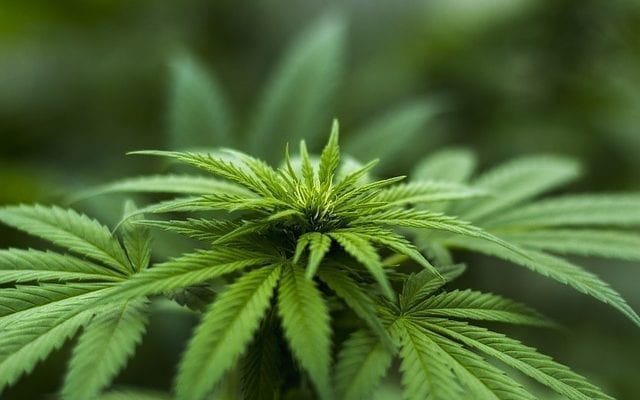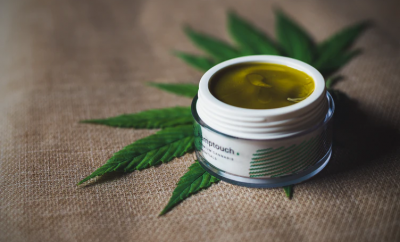
News
What Has Changed Since California Legalized Marijuana?
In November of 2016, California voters approved Proposition 64, which mandated that recreational use of Marijuana be legal. Voters passed the bill by a margin of 56%, and California became the fifth state in the nation to legalize recreational marijuana. Despite it passing, it would not become legal until January 1st, 2018. With almost a month passed since its legalization, there have been a number of changes in the marijuana industry.
 At the time of legalization, there were few cities who had businesses that were able to secure a permit for selling marijuana. Some cities who granted licenses to recreational marijuana businesses include Oakland, Los Angeles, and our very own San Diego. We have even seen some budding entrepreneurs establishing a string of marijuana-friendly businesses in Desert Hot Springs, including a weed-friendly spa. So far, marijuana sales have been booming in these cities, accounting for millions of dollars in tax revenues already. More cities have since granted businesses licenses, and that number continues to grow.
At the time of legalization, there were few cities who had businesses that were able to secure a permit for selling marijuana. Some cities who granted licenses to recreational marijuana businesses include Oakland, Los Angeles, and our very own San Diego. We have even seen some budding entrepreneurs establishing a string of marijuana-friendly businesses in Desert Hot Springs, including a weed-friendly spa. So far, marijuana sales have been booming in these cities, accounting for millions of dollars in tax revenues already. More cities have since granted businesses licenses, and that number continues to grow.
If you choose to visit marijuana dispensaries, you need to understand you can’t simply smoke anywhere. It generally follows the same rules of where you shouldn’t smoke cigarettes. You cannot smoke marijuana at public indoor establishments, including bars. Don’t smoke in your car either, as using the drug in a moving vehicle or having an open bag in the car is illegal. However, Prop 64 allows for local businesses to apply for licenses that will allow people to consume marijuana on the premises, as long as there is no alcohol or tobacco consumption.
At current medical marijuana dispensaries, customers are able to “sample” product by smelling it before purchasing it. With new recreational businesses, these strategies have been reworked. While customers will still be able to inspect the product under the supervision of an employee, all products will be sealed in a tamper evident, child resistant packaging. If the product is taken out of the packaging at any point, it must be discarded per the law. This is so employees and businesses can maintain a level of hygiene and cleanliness with their product.
 The new state law requires stringent testing procedures to ensure tight quality control over recreational marijuana. If a marijuana distributor is about to ship new stock to businesses, a laboratory must test the product for mold, pesticides, and bacteria. The lab will also check for the precise amount of THC, the psychoactive compound found in marijuana, and it must be clearly labeled on the outside of the packaging. These new controls will add more control over bogus distributors who are pushing low-quality marijuana. They also make it much safer when it comes to accidentally getting into the hands of children. It has been a problem with children accidentally consuming edible marijuana, and having to be rushed to the hospital for acute marijuana intoxication. With new packaging, it has made it considerably safer.
The new state law requires stringent testing procedures to ensure tight quality control over recreational marijuana. If a marijuana distributor is about to ship new stock to businesses, a laboratory must test the product for mold, pesticides, and bacteria. The lab will also check for the precise amount of THC, the psychoactive compound found in marijuana, and it must be clearly labeled on the outside of the packaging. These new controls will add more control over bogus distributors who are pushing low-quality marijuana. They also make it much safer when it comes to accidentally getting into the hands of children. It has been a problem with children accidentally consuming edible marijuana, and having to be rushed to the hospital for acute marijuana intoxication. With new packaging, it has made it considerably safer.
If you already regularly purchase medical marijuana from dispensaries, you probably haven’t noticed much change when it comes to purchasing marijuana. Security may have gotten tighter at businesses, and employees might have to wear an ID badge, but for the most part, it’s the same experience. Analysts have found that by the year 2026, marijuana could bloom to be a nationwide industry worth well over $50 billion. In California alone, it has the potential of reaching a multi-billion dollar industry within a few years, which could be a huge boost of revenue. It has become a very attractive revenue model for other states, who are looking into the economic benefits it can bring.





0 comments